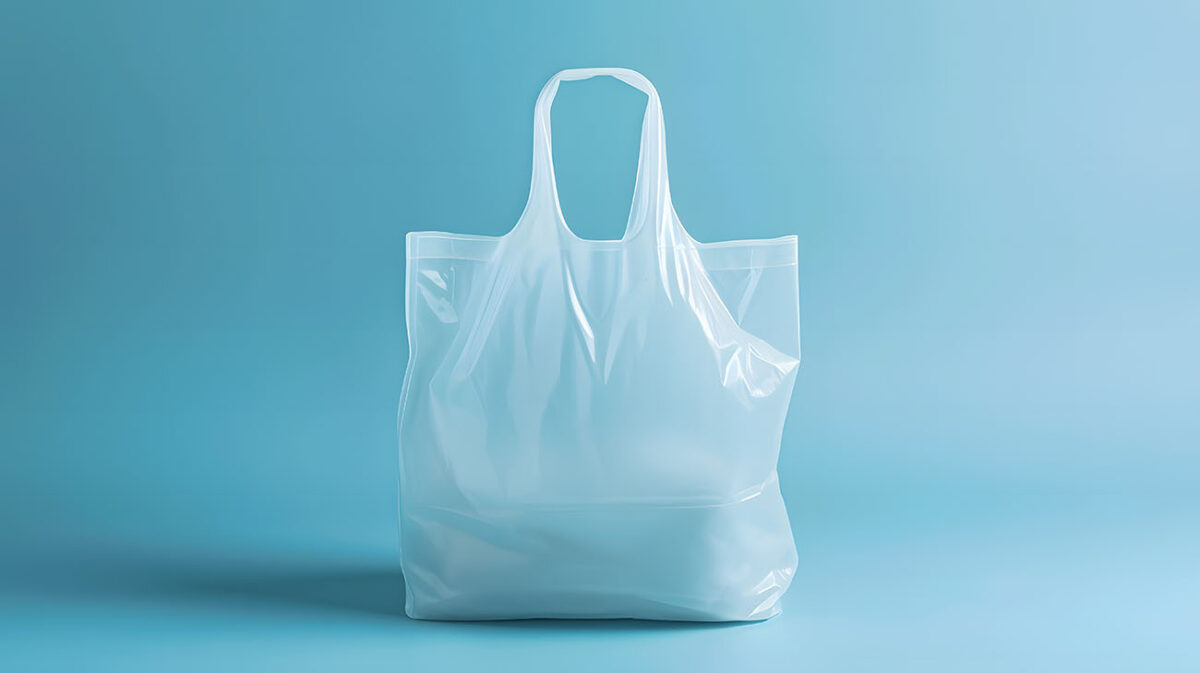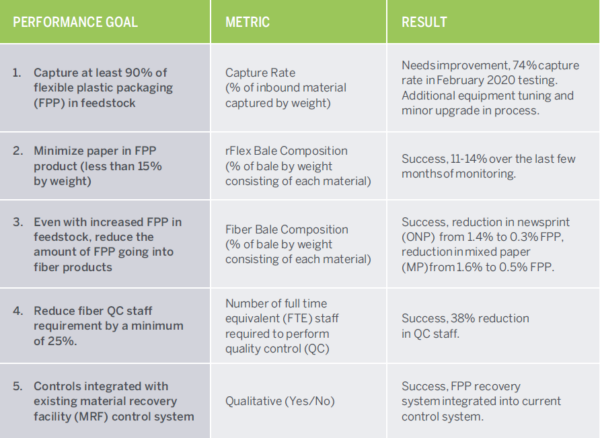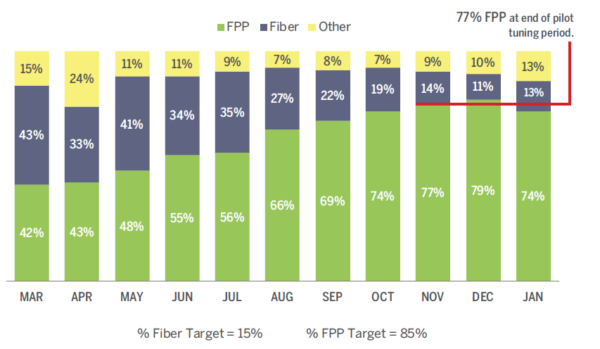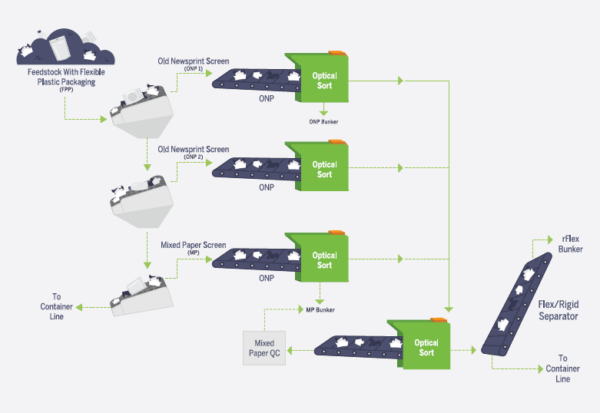Can Flexible Plastic Packaging Be Recycled?

The TotalRecycle MRF in Pennsylvania led a groundbreaking project that effectively sorted and repurposed flexible plastic packaging (FPP) into marketable materials.
By utilizing advanced optical sorting technology, the project significantly improved the sorting process and, as a result, enhanced the quality of recycled materials. Consequently, the project successfully met most of its performance goals, highlighting the effectiveness of the applied technology.
You can also read: Flexible Packaging Made from Recycled Ocean Plastics
Achieving Key Performance Goals
The pilot project set five key performance goals, including capturing 90% of FPP in the feedstock. Moreover, reducing paper contamination in FPP bales was another critical target. The team achieved four goals, reaching a 74% FPP capture rate. However, they can improve this rate through additional equipment tuning and upgrades. Notably, reducing paper contamination to 11-14% was particularly significant, underscoring the project’s success in producing cleaner recycled materials.

This research collaboration aimed to demonstrate whether flexible packaging from residential single-stream carts could be efficiently sorted at a high-speed MRF into commodity bales for recycling. Courtesy of Flexible packaging recycling in material recovery facilities pilot – Research Report.
By the later stages of the project, these efforts culminated in producing cleaner, higher-quality recycled materials, demonstrating a successful adaptation to the challenges of recycling FPP at scale. The project’s gradual improvements underscore the potential for further advancements, laying the groundwork for even more efficient FPP recycling.

rFlex Bale Composition Over Time. Courtesy of Flexible packaging recycling in material recovery facilities pilot – Research Report.
Developing End Markets for Recycled FPP
Furthermore, the pilot emphasized the critical importance of developing end markets for recycled FPP materials. With sufficient demand, investments in sorting technology can indeed be fully justified. The project successfully identified promising end markets, especially in construction, where recycled FPP can be used for products like roof boards and pavers. These markets, therefore, have significant growth potential as industries increasingly seek sustainable alternatives to virgin materials.
Addressing Challenges and Scaling Success
Despite these successes, the pilot did reveal several challenges, particularly in processing mixed material bales. The report, therefore, underscores the urgent need for better washing infrastructure to remove contaminants and, in turn, improve the quality of recycled FPP. Additionally, the complexity of processing mixed material bales requires ongoing refinement of sorting technology and processes to achieve optimal results.

Sortation System Diagram. Courtesy of Flexible packaging recycling in material recovery facilities pilot – Research Report.
A Step Toward Sustainable Recycling
In order to address these challenges and scale the pilot’s success nationwide, the report makes several key recommendations. These include developing standardized bale specifications to ensure consistent quality and investing in post-MRF processing facilities. Moreover, collaborating with new MRFs and end markets will also help build a robust circular economy for FPP. Continuous collaboration between MRF operators, end market stakeholders, and industry leaders will be crucial for achieving these goals.
In conclusion, the MRFF pilot project marks a significant step forward in integrating flexible plastic packaging into the recycling stream. By focusing on improving material recovery, enhancing market demand, and addressing technical challenges, this project lays the essential groundwork for a more sustainable and efficient recycling system across the U.S.
Read the complete report here.

I am curious why this is just being shared now if the data is from 2020. Has there been further progress since the completion of these tests?
Hi Rick! Thank you for your question and for reading the article! The data being shared is from 2020, and while the association did release a publication in 2023, it used the same data from 2020. These studies typically take 3-4 years to complete, which means progress is often gradual. We hope to see more updated findings soon.